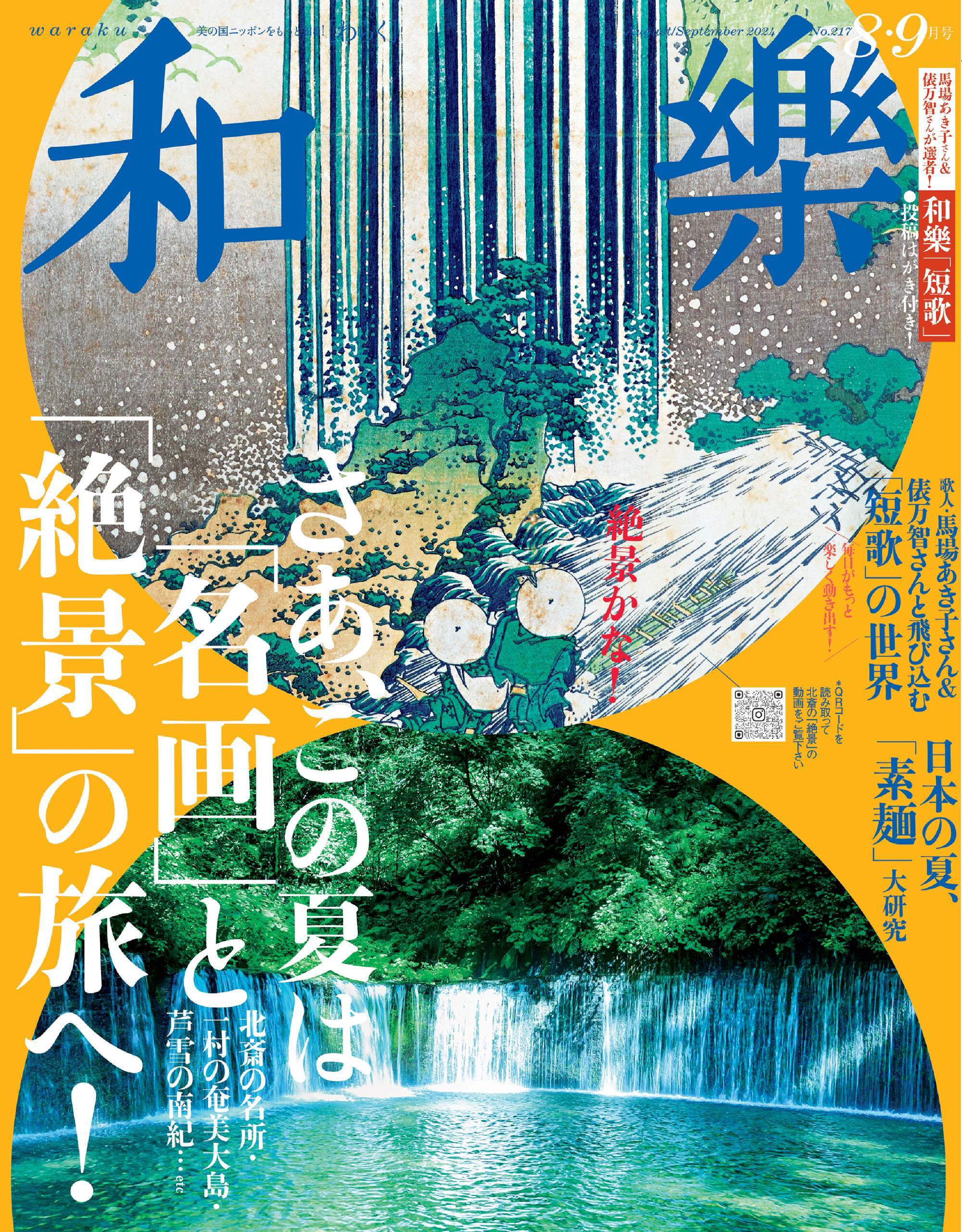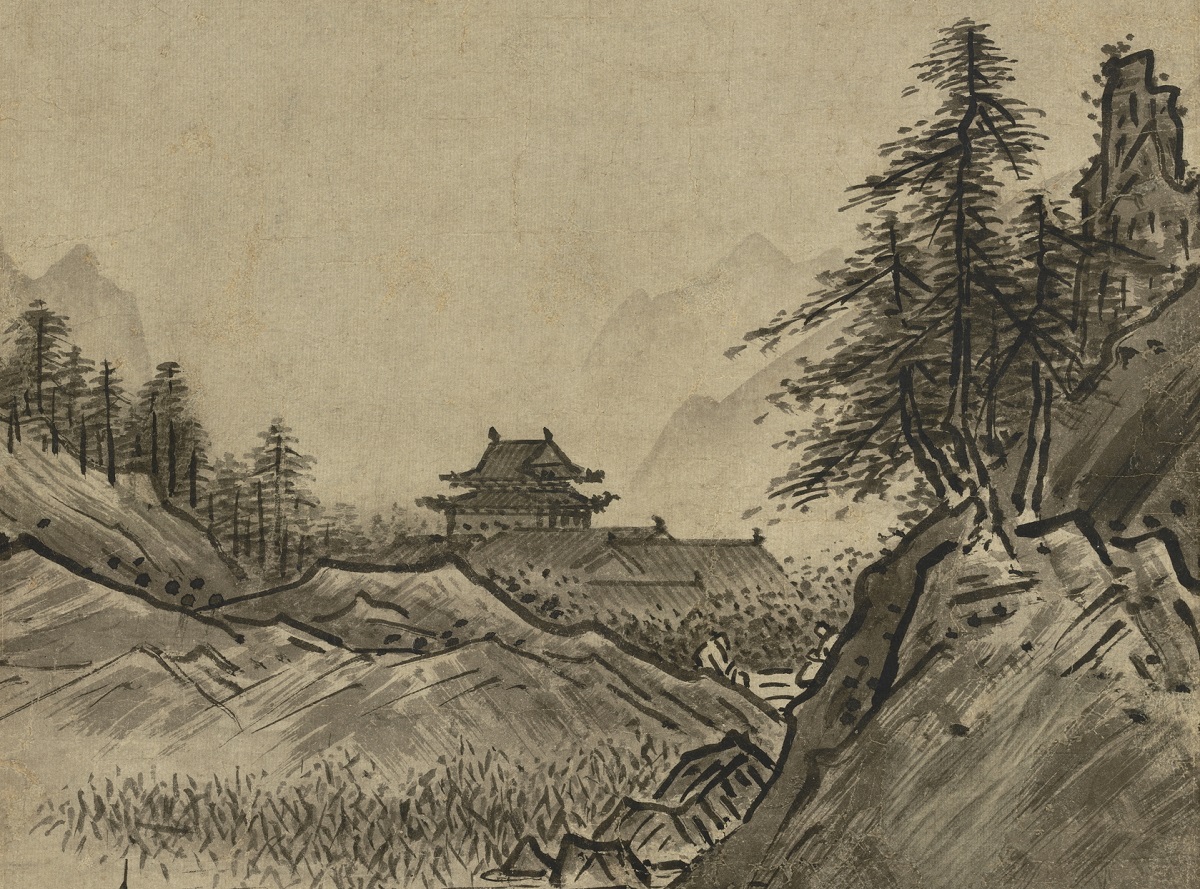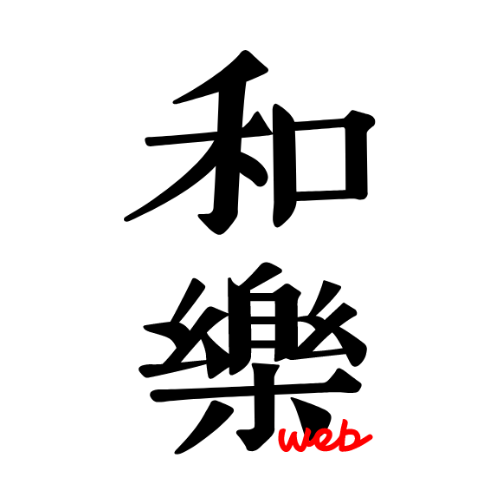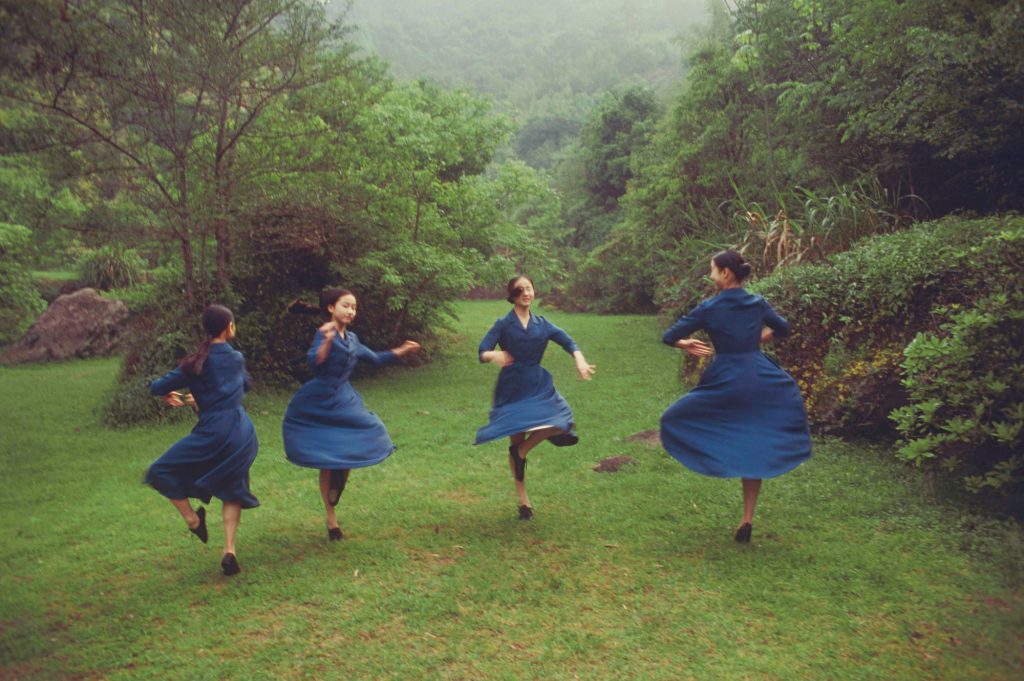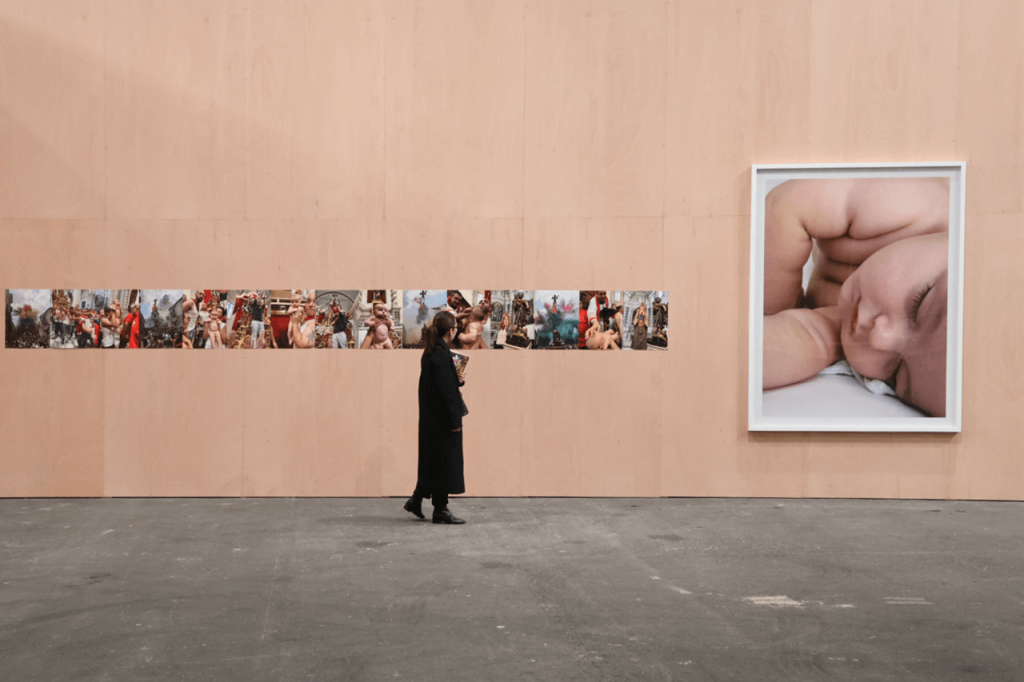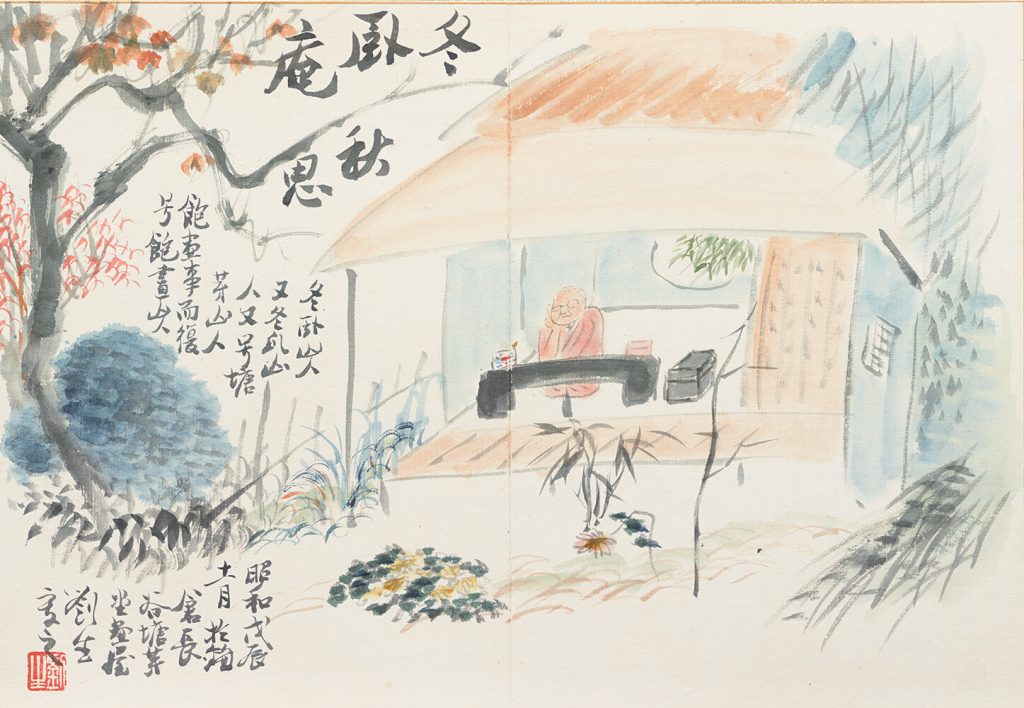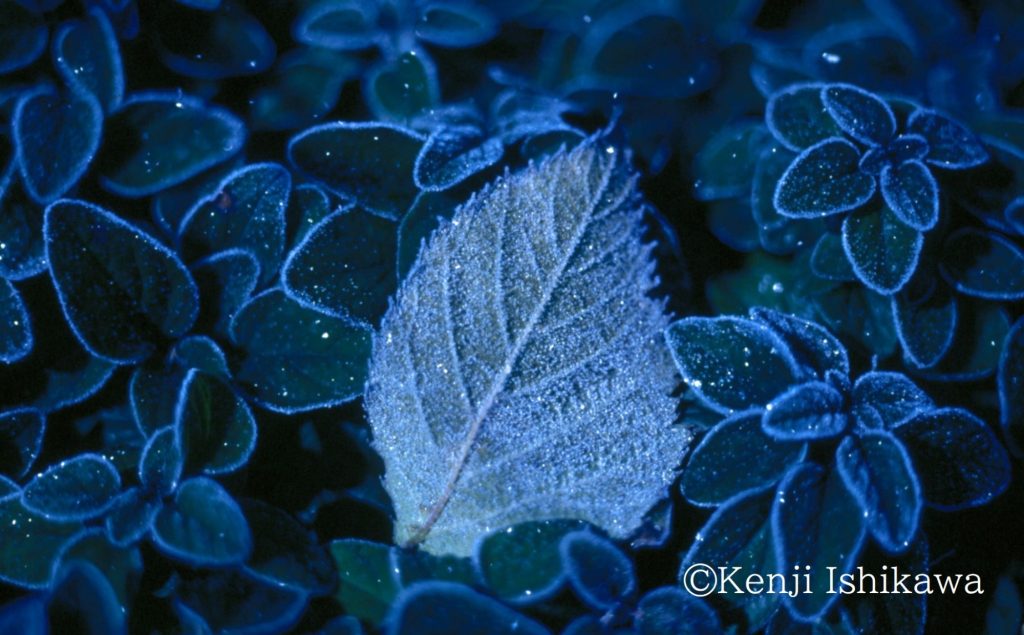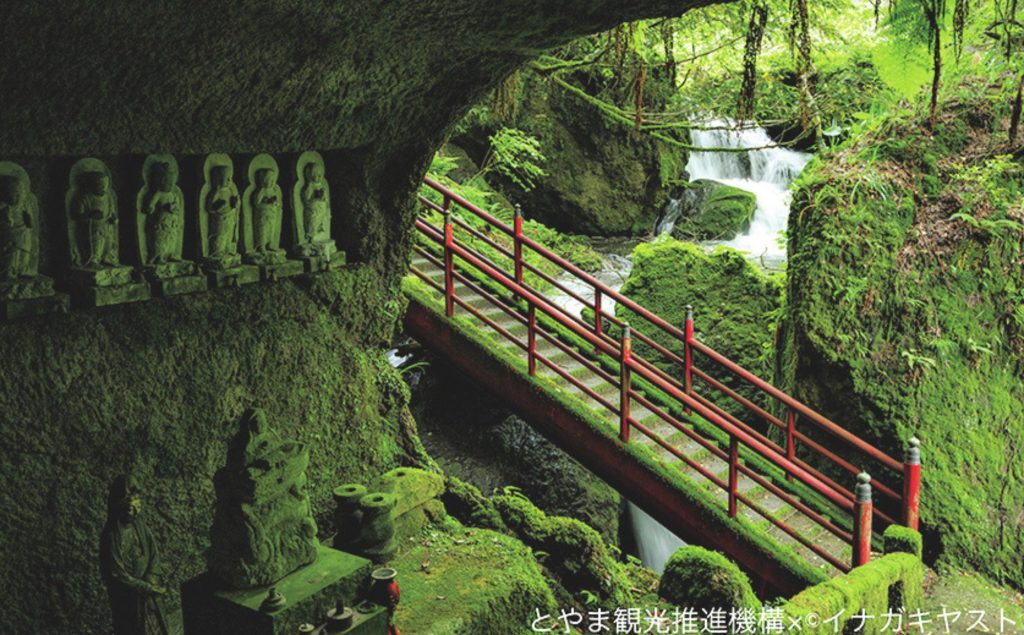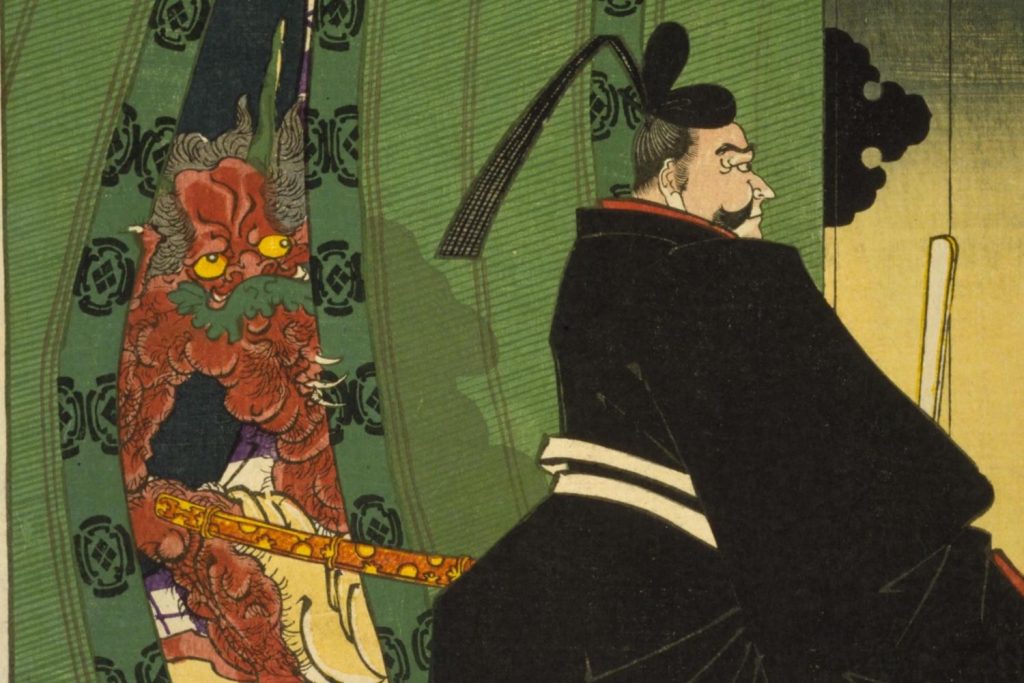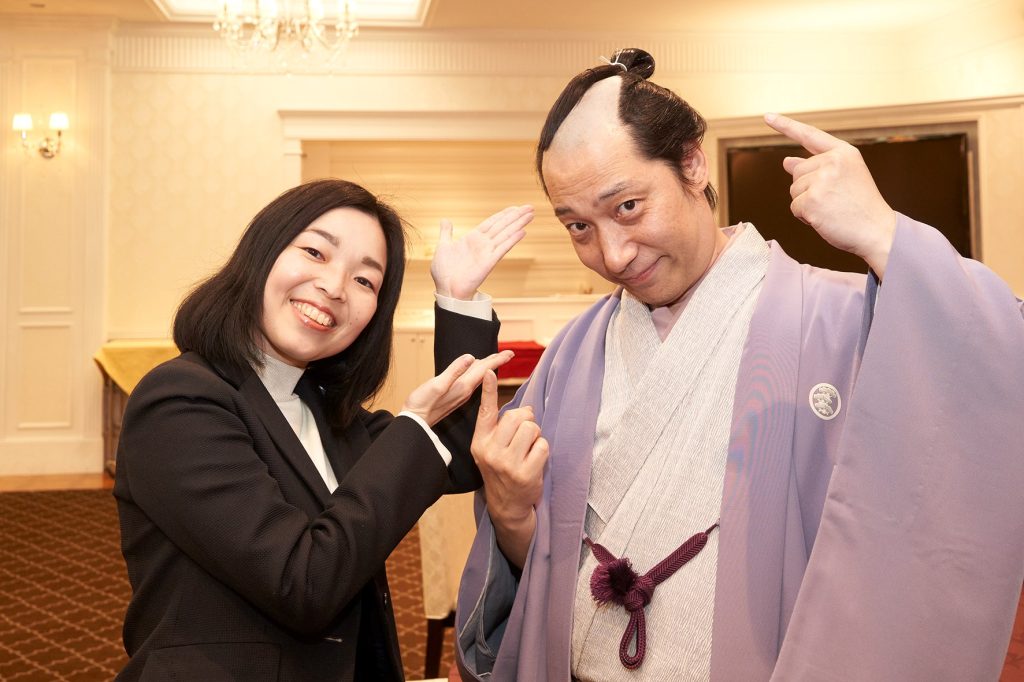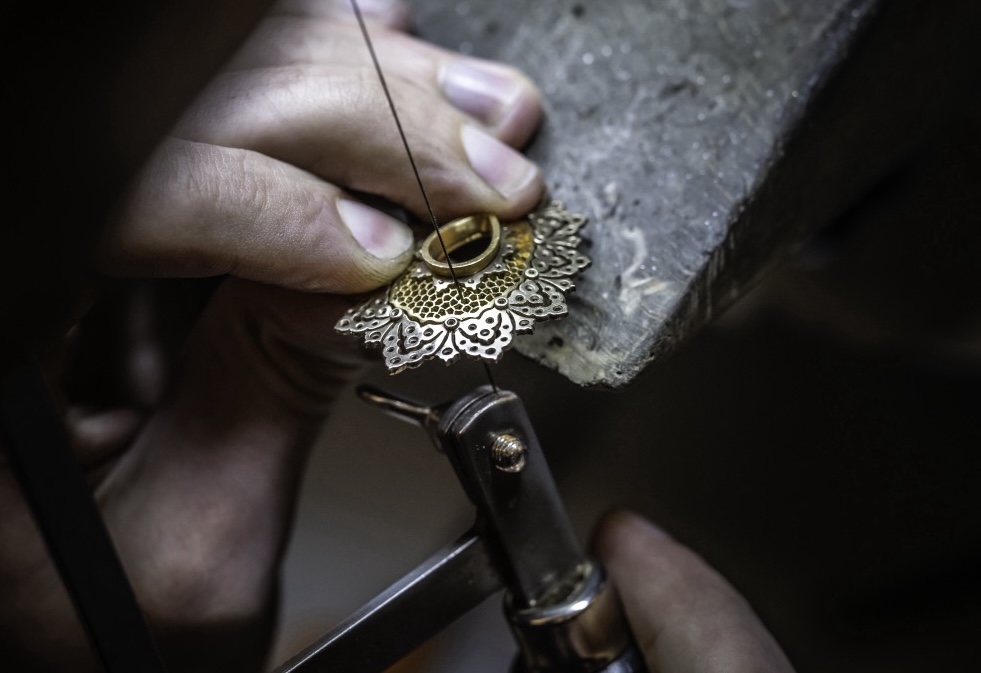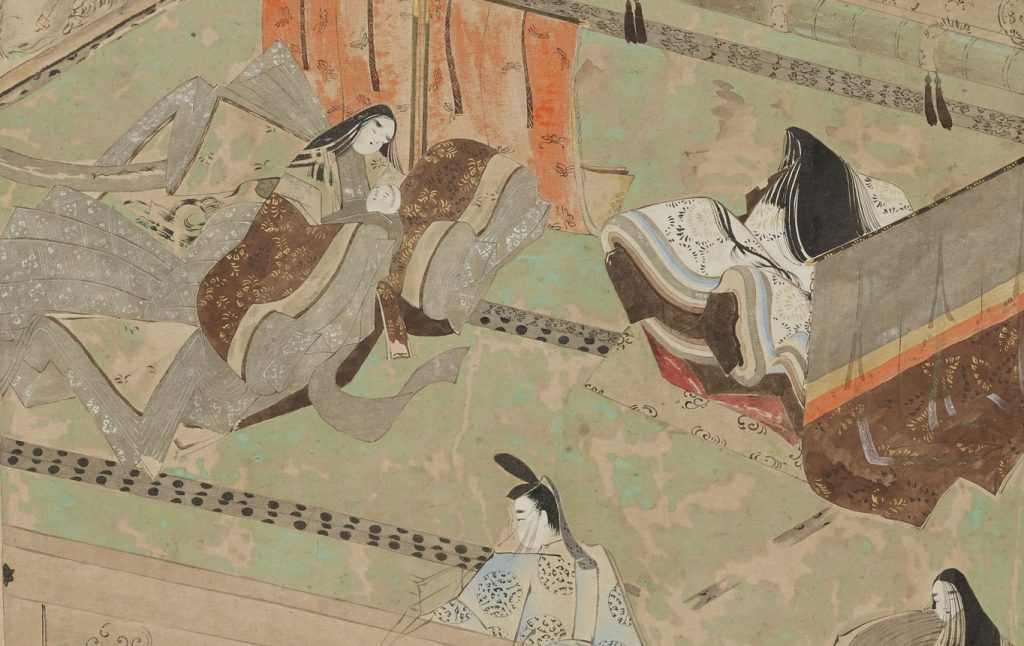In this installment of the “10 Charismatic Painters: An Introduction to Japanese Art” series. In this issue, we introduce Sesshu Toyo(雪舟等楊), along with images of his works.
An Introduction to Japanese Art
Japanese art varies in style and type, from gokusaishiki (gold-coloured paintings) to monotone suibokuga, and includes kakejiku (hanging scrolls), byobu (folding screens), fusumae (sliding door paintings), and woodblock prints.
Ten charismatic painters have left their mark on the history of Japanese art. These famous artists have been featured many times in “Waraku,” but in fact, there are still many masterpieces and secrets surrounding them, yet to be uncovered. Thus we unveil our introduction to Japanese art as this series of “The True History of Japanese Art”, which will no doubt leave you exclaiming ‘Aha!’.
Super star returning from China
Sesshu Toyo
[Aha! the True History of Japanese Art]
Chinese suibokuga arranged in Japanese style
Sesshu’s talent for painting has become somewhat of a legend. This includes the time he allegedly painted a mouse with the tears caught on his foot, whilst being tied to a pillar as punishment, during the years he was a buddhist monk.
However, during his apprenticeship in Kyoto, he was unable to adapt to the delicate painting style that was popular at the time, and moved to Yamaguchi in dispair. He did not make his mark as a painter until he was 48 years old, when he traveled to China as a member of the Ouchi clan’s Kenminsen (a ship that transported scholars and artists from Japan to China).
His work in China was to create record paintings, but the sansuiga (landscape paintings) with dynamic brush strokes he saw in China were exactly the style he was good at. Returning to Japan with great confidence, Sesshu created bold landscapes and realistic kachouga (flower and bird paintings) that revolutionized Japanese suibokuga (ink painting) which had been delicate and small in scale.
He also mastered the uniquely Japanese style of sansuiga, which depicted scenes from his travels, and came to be known as a master painter.
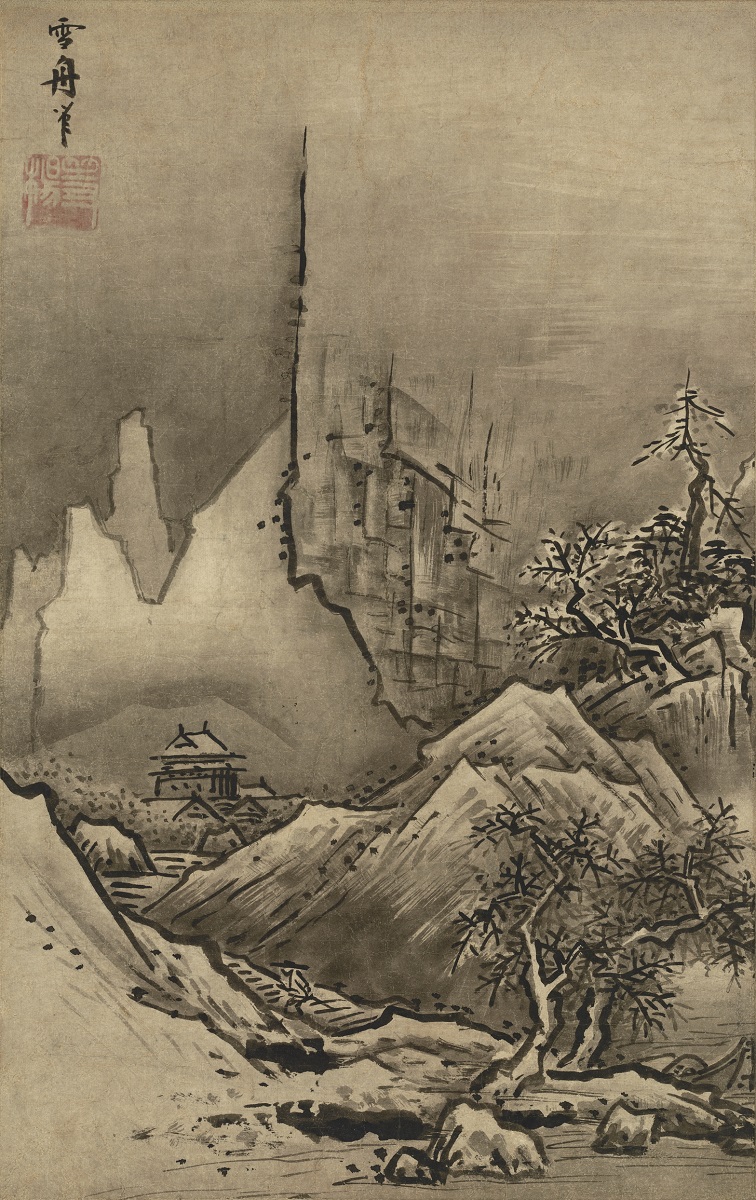
A legendary painter
Sesshu Toyo, National Treasure, Ink on paper, Muromachi period, late 15th – early 16th century, each 47.7 cm (H) x 30.2 cm (W), Tokyo National Museum Source: ColBase (https://colbase.nich.go.jp)
In this work, Sesshu used the technique of creating his own unique world by mixing the natural landscapes he had preserved in his mind through sketches, with imaginary landscapes. This winter scene, in particular, exudes a strange and curious feel.
[Aha! the True History of Japanese Art]
Idolised by Top class painters!
Sesshu established a new style of suibokuga unique to Japan, a milestone in Japanese art, and had such a profound influence that all those who aspired to become painters looked up to it as the pinnacle of suibokuga.
Ogata Korin, for example, was a keen imitator of Sesshu’s paintings, and his “Sabie Sansuimon Yohou Hiire,” painting on a bowl made by his brother Kenzan, was no doubt made in the style of Sesshu’s brushwork.
Sesshu’s influence was also strong during the formation of the Kano school, which dates back to the Muromachi period (1333-1573), and Kano Tanyu of the Edo period is said to have inherited the utilisation of white space from suibokuga, and many famous painters look up to Sesshu as their preceptor.
On the other hand, Hasegawa Tohaku, famous for “Shorin zu Byobu”, self-proclaimed himself as Sesshu V, but it is thought that he solely took advantasge of Sesshu’s fame, as opposed to actually inheriting his style.
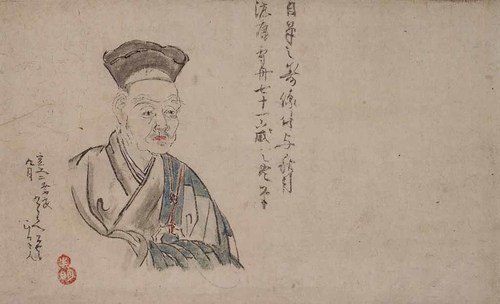
Kano Tanyu, ink and wash painting on paper, 1 scroll, dated 1662 13.3 cm(H) x 22 cm(W), Kyoto National Museum Source: ColBase (https://colbase.nich.go.jp)
At the age of 71, Sesshu gave a self-portrait to his pupil Akitsuki, and among the many copies of his work that have survived, this one was copied by Tanyu. The original of Sesshu’s self-portrait itself is unknown.
[Aha! the True History of Japanese Art]
A lively depiction of an important Buddhist scene!
The theme of “Eka danpi zu” is ‘Daruma Anjin’. The man in white sitting in the sharp rock cave is Daruma, who introduced Zen to China, and the glum-faced man in the foreground is Eka, who later became Niso.
When Eka, who is initially turned away by Daruma, when asking to become his disciple, cuts off his left arm to show his determination and as a result is accepted. Then, when Eka says to Daruma, “Please put my mind at ease,” he is told, “Then bring me your mind,” to which he replies, “I have searched but cannot find it,” to which Daruma replies, “Then it is already at ease”.
This Zen question and answer expresses the basic Zen principle of “shinfukae,” which states that everything lies within our minds, from birth. Sesshu’s mastery lies in the way he depicts this in an unprecedented atmosphere that stirs the imagination.
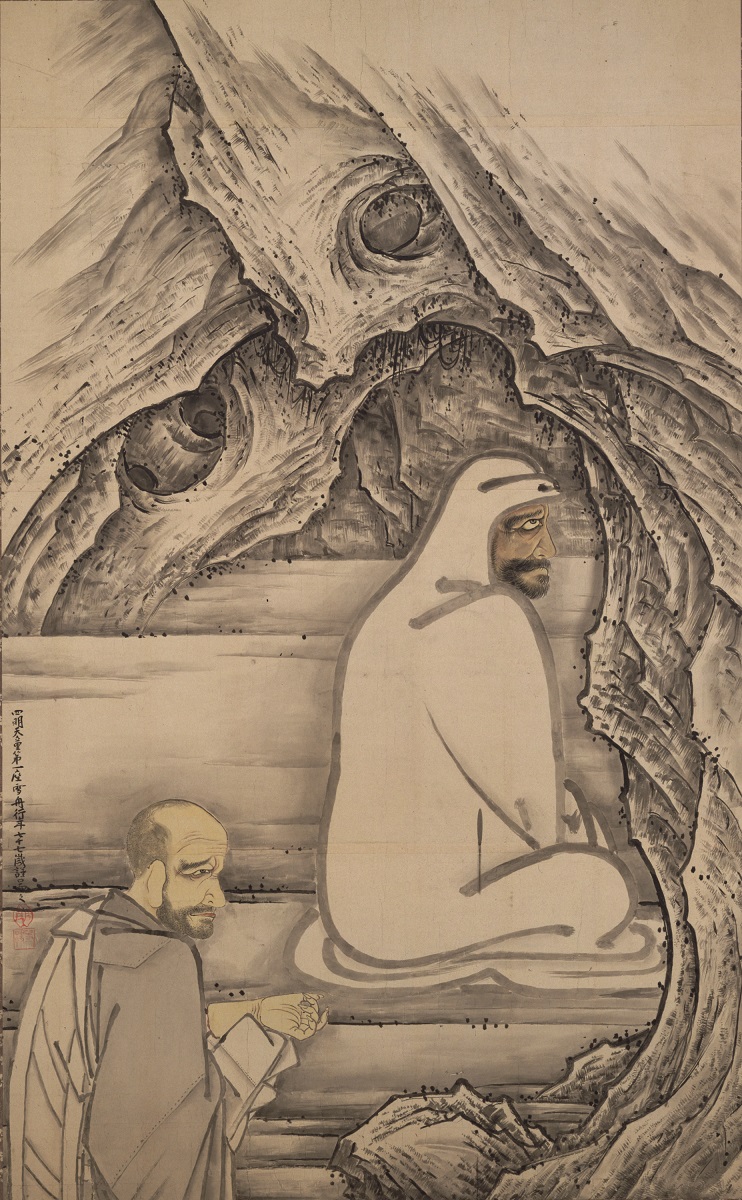
Reproduction by Kano Tadanobu, Original: Sesshu Toyo, Edo period, 18th – 19th century, Tokyo National Museum Source: ColBase (https://colbase.nich.go.jp)
This copy is a faithful reproduction of Sesshu’s painting. Daruma is drawn as like a gekiga style, and his robe, drawn with thick marker-like lines, is somewhat comical. However, the depiction of Eka in the foreground is realistic, and the tension that captures the essence of the scene is also compelling to the viewer’s mind.
Profile of the charismatic painter Sesshu Toyo
Sesshu Toyo
Born around 1420 to 1506. Born in Soja City, Okayama Prefecture (present-day Bicchu Province), he became a Zen monk at the age of 10. After training in Zen and painting at Shokokuji Temple in Kyoto, he devoted himself to painting under the patronage of the Ouchi clan in Yamaguchi, and changed his name from 拙宗(Sesshu) to 雪舟(Sesshu). At 48 years old, he traveled to China on a Kenminsen, and after returning to Japan, he spent his life pursing his art whilst travelling around.
*This article is a reprint of the magazine Waraku (April/May 2018).
This page is translated from: https://intojapanwaraku.com/art/218806/




